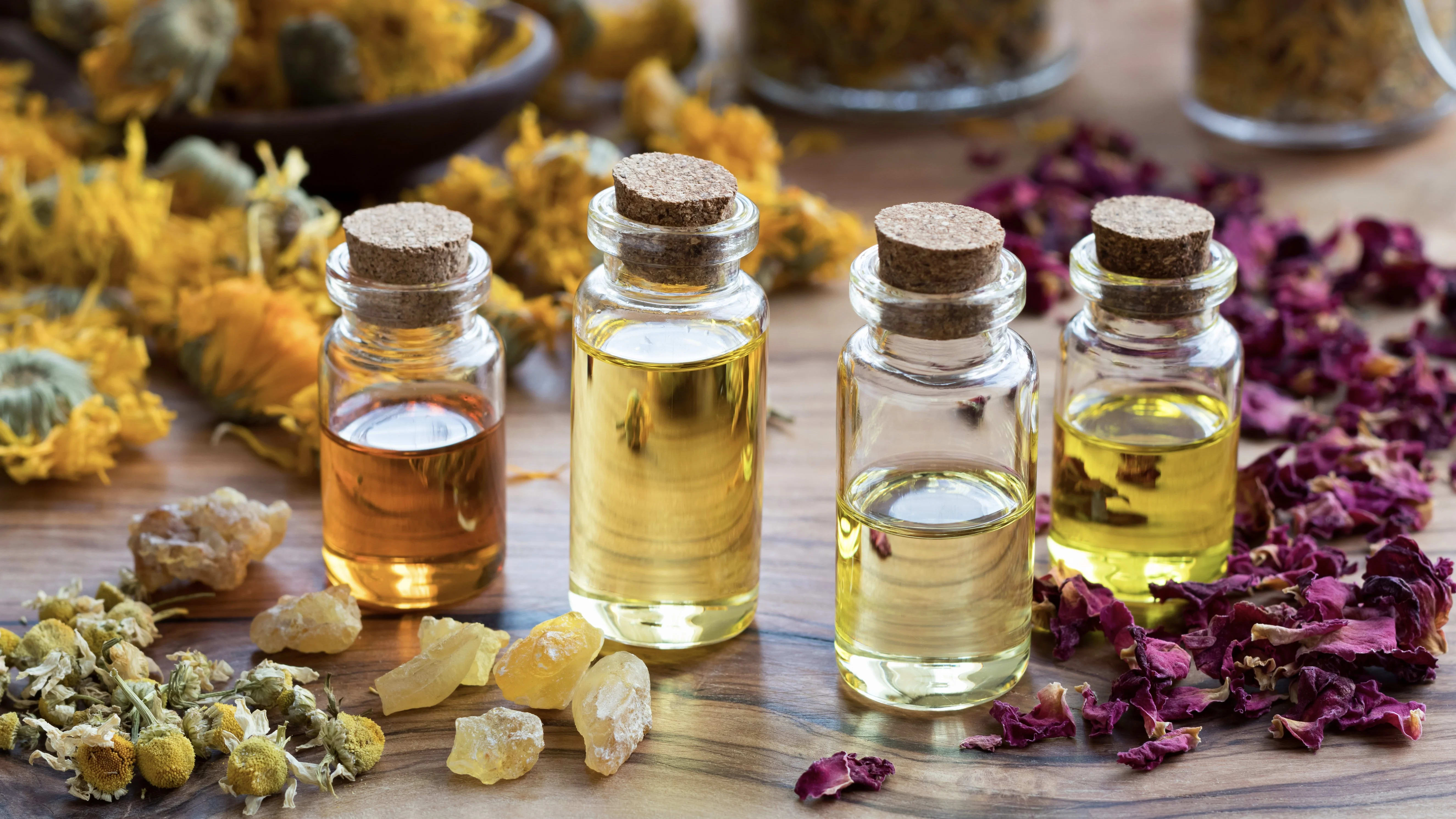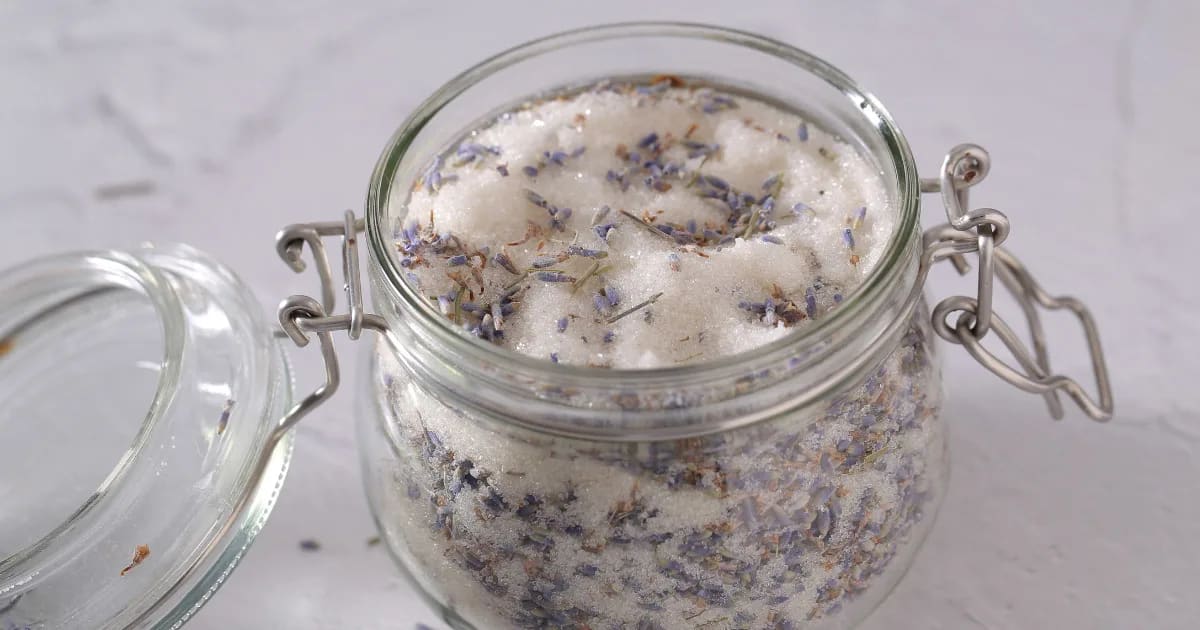Safe Cleaning Alternatives for a Toxin-Free Home

Natural Cleaners are Healthier
I love the feeling of a freshly cleaned home—the quiet hum of order restored, the light catching on a just-mopped floor. Our home is our sanctuary. It should be a place where we feel safe, supported, and at ease. The products we use should nurture that feeling—not work against it.
But I’ve learned the hard way that conventional cleaning products don’t always honor that intention. The crisp, artificial scent we associate with cleanliness is often something else entirely—a chemical haze that lingers in the air, settles on surfaces, and weaves its way into our bodies. When I was exposed to conventional cleaners, I felt the effects in the tightness of my chest, the irritation in my sinuses. I watched my cats sneeze. My home felt less like a refuge, and more like a place I needed to recover from. You can read more about my misadventure with chemical cleaners here.
In this post, I’ll share the common culprits hiding in conventional cleaners—and the simple, effective swaps that will leave your home truly clean, in every sense of the word.
We don’t have to choose between a clean home and a healthy one. Natural alternatives can lift away dirt and freshen the air without leaving behind an invisible cloud of toxins.
Common Ingredients to Avoid
Turns out, I wasn’t imagining things when I had those bad reactions to cleaning products.
A 2024 research review confirmed what my body already knew: conventional cleaning products don’t just wipe away grime—they leave behind a toxic footprint. The chemicals in many disinfectants and cleaners contribute to respiratory issues, from everyday congestion to chronic conditions like asthma (Salonen et al. 2024). Children are especially vulnerable. Long-term exposure has even been linked to autoimmune diseases and cancer.
I rarely buy cleaning products, but when I do, here are a few of the most common “warning ingredients” I look for when I’m reading labels. If I see these, I put down the bottle.
Phthalates – Found in synthetic fragrances, phthalates can disrupt hormones.
Ammonia and chlorine – These can irritate the skin, eyes, and respiratory system.
Formaldehyde-releasing preservatives — Often found in disinfectants, they have been linked to chronic health issues.
Sodium Lauryl Sulfate (SLS) & Sodium Laureth Sulfate (SLES) – These surfactants can cause skin irritation and may be contaminated with carcinogenic byproducts.
Triclosan – An antimicrobial agent that can contribute to antibiotic resistance and disrupt endocrine function.
2-Butoxyethanol – A solvent found in glass cleaners and degreasers that can cause headaches, nausea, and liver or kidney damage with prolonged exposure.
Quaternary Ammonium Compounds (Quats) – Found in disinfectants and fabric softeners, quats can trigger asthma and irritate the skin and lungs.
Petroleum-Based Solvents – These chemicals can contribute to indoor air pollution and have been linked to nervous system damage with long-term exposure.
Toxin-Free Cleaning Ingredients
Now let’s explore a few go-to ingredients to start building your collection of natural cleaning products. With these basic ingredients, you'll be able to tackle every corner of your home with confidence, knowing that you’re using gentle, non-toxic options to keep your environment fresh and healthy.
All-Purpose Cleaner: Castile Soap
Castile soap, made from vegetable oils like olive oil, is a true all-purpose cleaner. Its versatility is unmatched, whether you’re scrubbing your floors, washing your hands, or cleaning your kitchen cabinets. Castile soap is gentle on surfaces and skin (even gentle enough to use in hand soap!), but tough on dirt.
Scrub Sinks, Tubs & Tile: Baking Soda
Baking soda’s abrasive quality makes it a key part of any natural cleaning routine. It can scrub away stubborn grime and stains while neutralizing odors, making it perfect for everything from bathroom tiles to cleaning out the fridge. It’s also a powerful deodorizer!
Disinfect, Cut Grease & Break Up Mineral Deposits: White Vinegar
White vinegar is an effective disinfectant and deodorizer that’s been used for centuries. It cuts through grease, breaks down mineral deposits, and cleans glass without streaks (I clean my shower with white vinegar). When mixed with water or hydrosol, it makes a great all-purpose cleaner for every room in your home. Just avoid using it on stone or marble, as it can cause etching.
Fight Germs and Remove Surface Stains: Hydrogen Peroxide
Hydrogen peroxide is a powerful, non-toxic disinfectant that breaks down into water and oxygen, leaving no harmful residue behind. It’s excellent for sanitizing countertops, cutting boards, and bathroom surfaces. It also has a mild whitening effect. I love using it to brighten grout and remove stains on light-colored surfaces. It even helps freshen laundry, or as a mold and mildew remover.
There is safety to remember with hydrogen peroxide. When hydrogen peroxide (H₂O₂) is mixed with vinegar (acetic acid) in the same container or spray bottle, they form peracetic acid. While peracetic acid is a potent disinfectant, it is also unstable and potentially harmful, especially in high concentrations or enclosed spaces.

Condition Wood: Jojoba Oil & Beeswax
Jojoba oil is technically a natural liquid wax. It’s a natural option for polishing wood surfaces and conditioning them after cleaning.
Beeswax is a gentle, natural ingredient that creates a beautiful, long-lasting shine on wood surfaces. It also helps seal and protect the wood, keeping it smooth and conditioned.

Antimicrobials: Essential Oils
Essential oils are potent natural cleaners! Many of them have antimicrobial properties—fighting bacteria, viruses, and even fungal spores. Different essential oils have different effects, but many work by disrupting microbial cell membranes, making them unable to cause harm or replicate themselves (Khan et al. 2017; Zore et al. 2022; Han, Sun & Chen 2019).
A few oils I love for natural cleaning are tea tree (Melaleuca alternifolia), cinnamon bark (Cinnamomum verum), and lemon (Citrus limon). (Get more suggestions in this post! It’s about essential oils that can deodorize your space, but each oil listed is also an excellent antimicrobial.)
Natural, Aromatic Freshness: Hydrosols
Hydrosols are aromatic waters created with steam distillation. These waters offer the gentle scent and therapeutic properties of aromatic plants without being overpowering. Lavender hydrosol (Lavandula angustifolia), for example, can be used to lightly refresh your home or even as a linen spray. Lemon thyme hydrosol (Thymus citriodorus) is an excellent addition to cleaning sprays.
Get a Free Collection of Recipes with These Ingredients!
A truly clean home isn’t just about what we wipe away—it’s also about what we invite in.
For a collection of DIY recipes made with the ingredients above, download my free PDF guide, "Toxin-Free Spring Cleaning Checklist + Recipes Guide"—your ultimate resource for deep-cleaning your home, room by room, with safe, effective, and simple ingredients.
Inside, you’ll find:
✔ A step-by-step room-by-room cleaning checklist to leave no stone unturned
✔ Tried-and-true natural cleaning recipes for everything from glass cleaner to wood polish
✔ A guide to essential oils for cleaning, plus carrier oils and other must-have ingredients
✔ Pro tips for keeping your home fresh and toxin-free all year long

My Takeaway
Cleaning should feel like an act of care—not a trade-off between a sparkling home and a healthy one. Our homes are the spaces where we rest, dream, and gather with those we love. They should nourish us, not expose us to invisible risks we never signed up for.
Small changes add up. Each swap, each mindful choice, is a step toward a home that truly supports our well-being. And it’s easier than you might think. We don’t have to achieve perfection. All we have to do is hold a positive intention and trust in nature’s gifts.
So here’s to a fresh start—and to the small, simple shifts that make all the difference.
REFERENCES
Han, Y., Sun, Z., & Chen, W. (2019). Antimicrobial Susceptibility and Antibacterial Mechanism of Limonene against Listeria monocytogenes. Molecules (Basel, Switzerland), 25(1), 33. https://doi.org/10.3390/molecules25010033
Khan I, Bahuguna A, Kumar P, Bajpai VK, Kang SC. (2017). Antimicrobial Potential of Carvacrol against Uropathogenic Escherichia coli via Membrane Disruption, Depolarization, and Reactive Oxygen Species Generation. Front Microbiol. 2017;8:2421. Published 2017 Dec 6. doi:10.3389/fmicb.2017.02421
Salonen, H., Salthammer, T., Castagnoli, E., Täubel, M., & Morawska, L. (2024). Cleaning products: Their chemistry, effects on indoor air quality, and implications for human health. Environment International, 190, 108836. https://doi.org/10.1016/j.envint.2024.108836
Zore, G., Thakre, A., Abdulghani, M., Bhosle, K., Shelar, A., Patil, R., Kharat, K., & Karuppayil, S. (2022). Menthol Inhibits Candida albicans Growth by Affecting the Membrane Integrity Followed by Apoptosis. Evidence-based complementary and alternative medicine : eCAM, 2022, 1297888. https://doi.org/10.1155/2022/1297888










